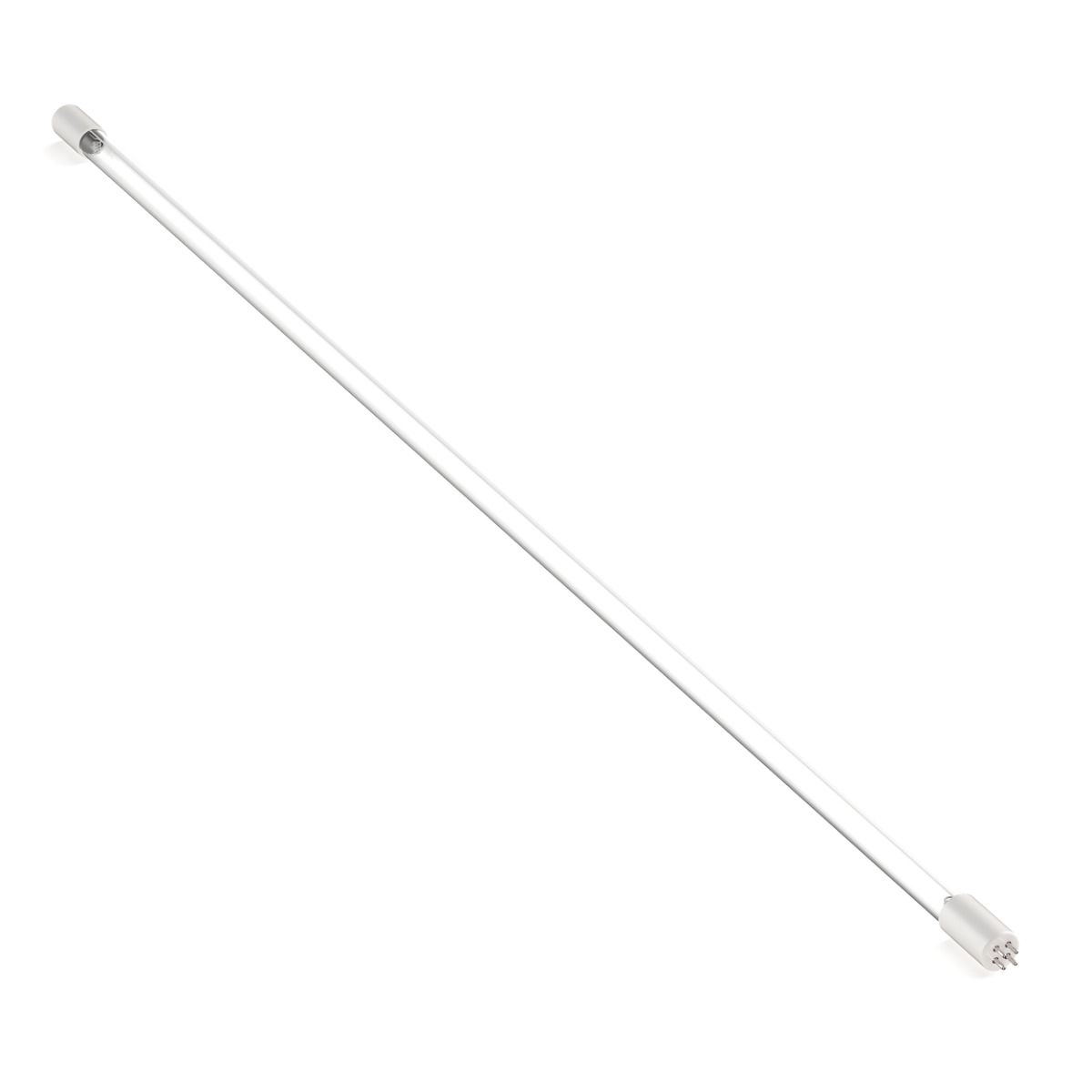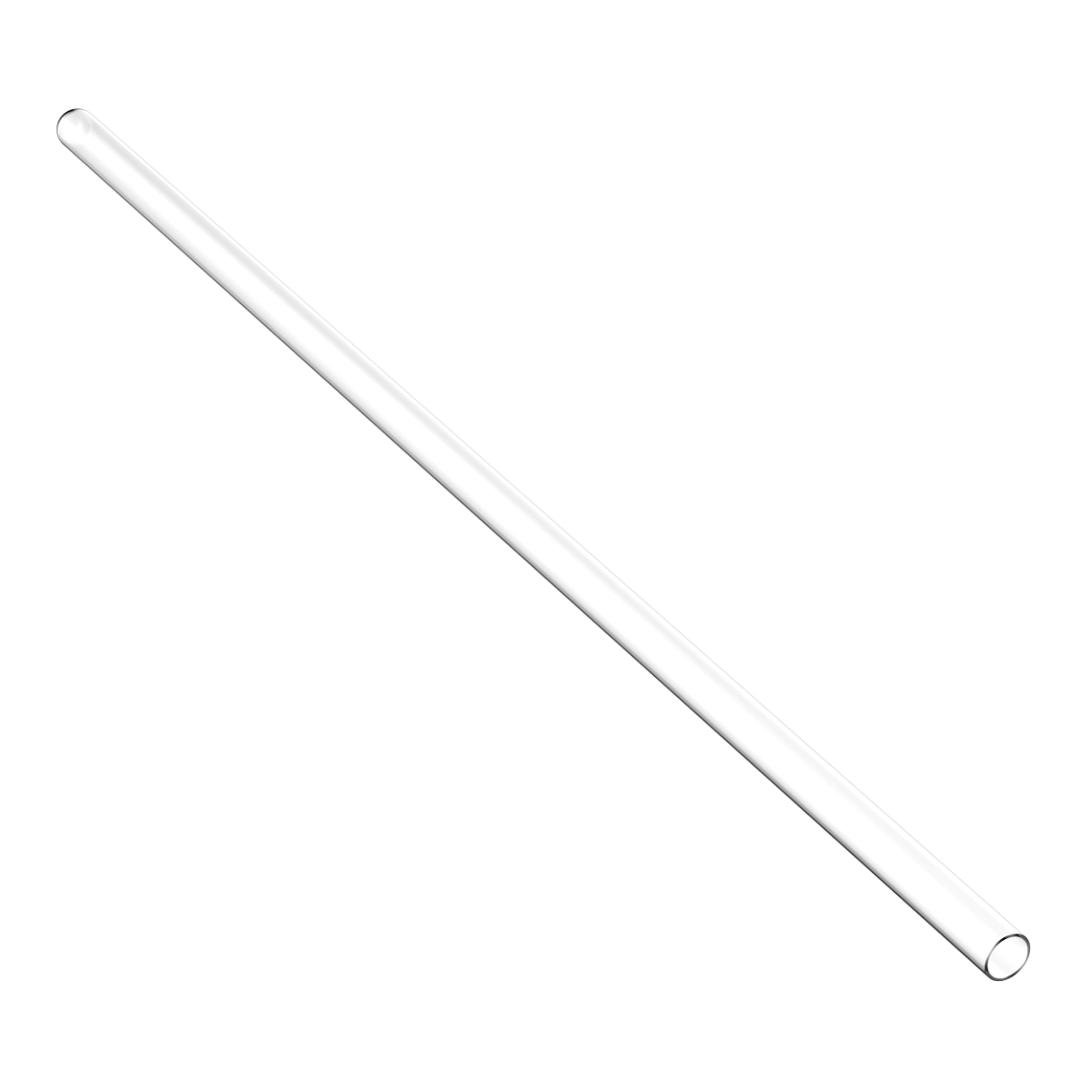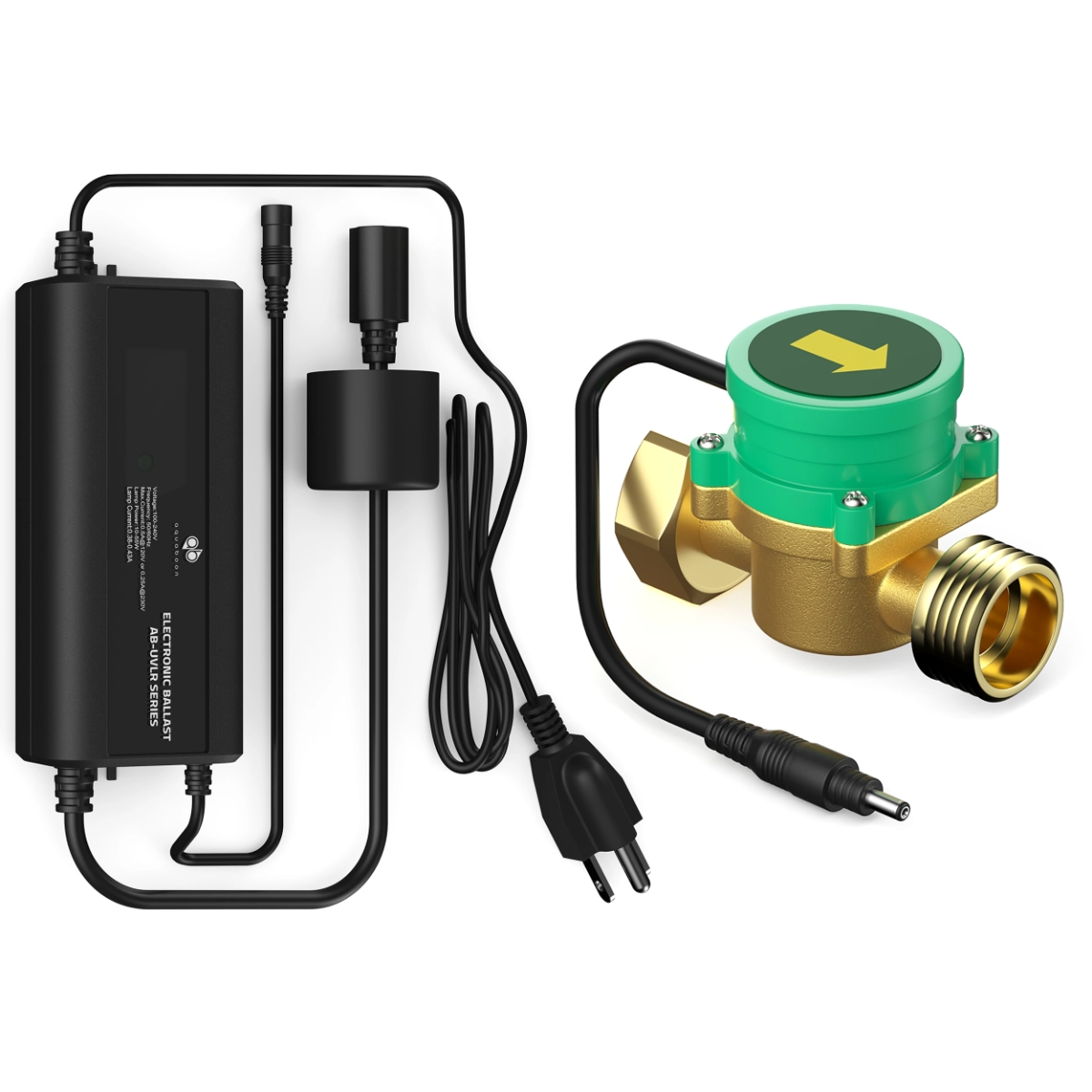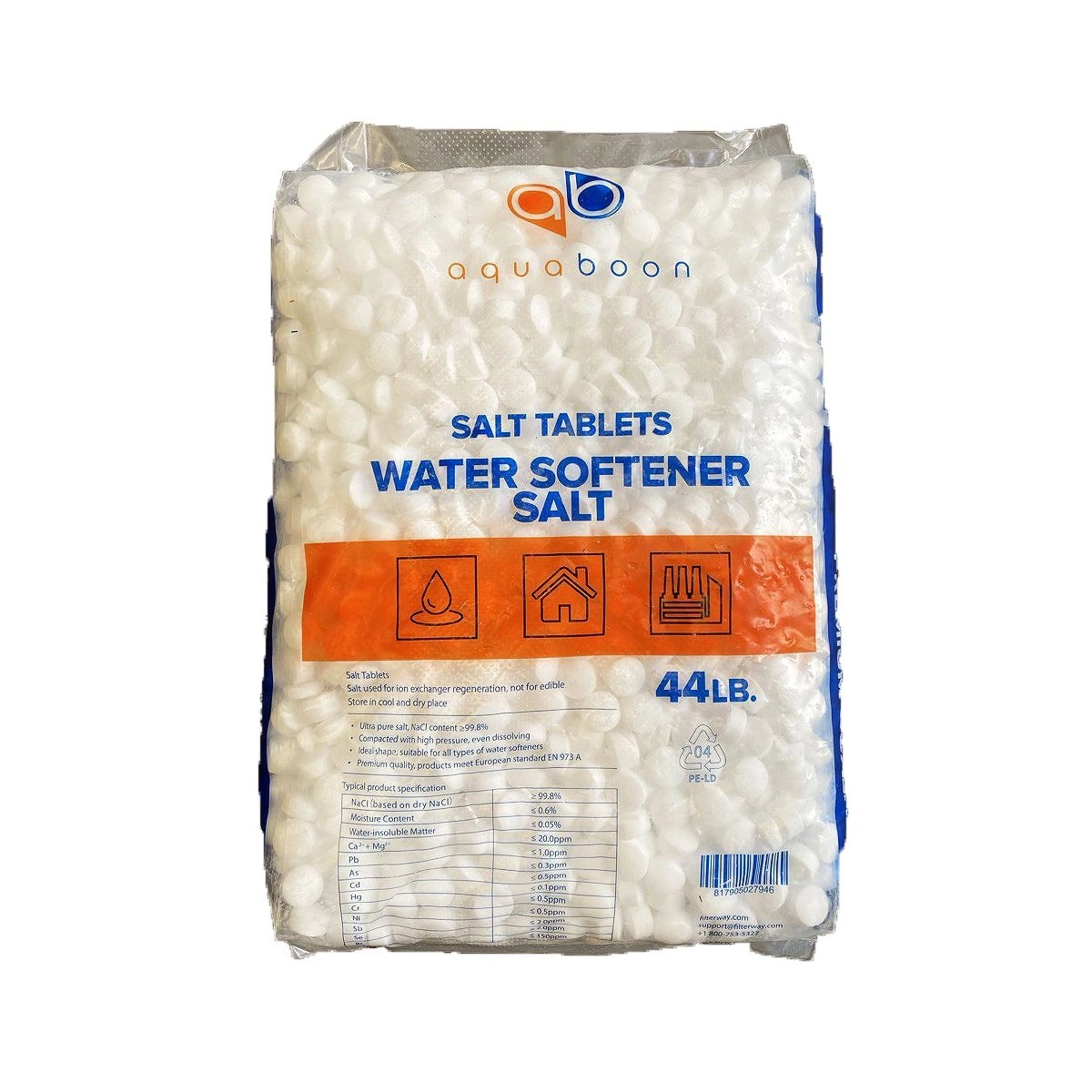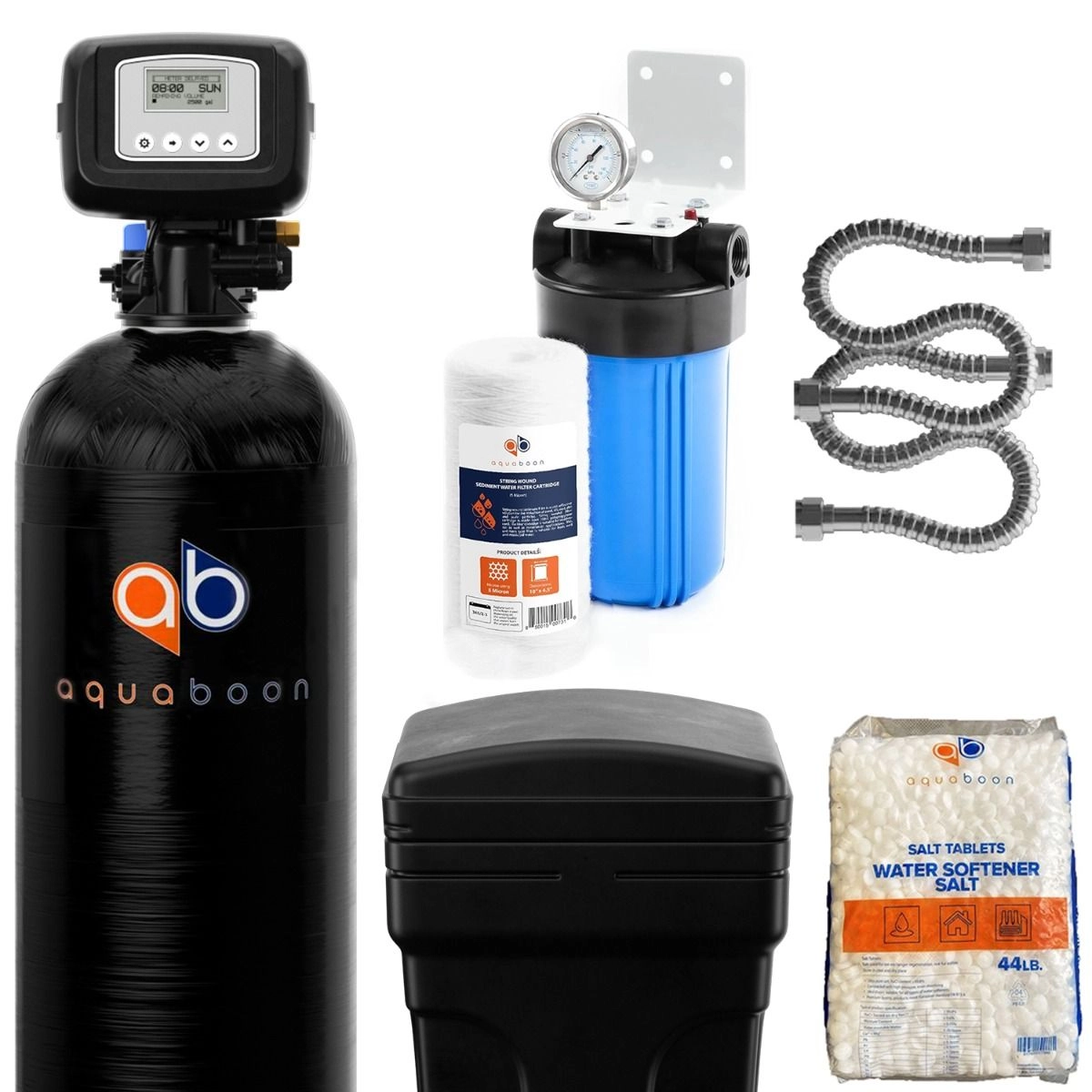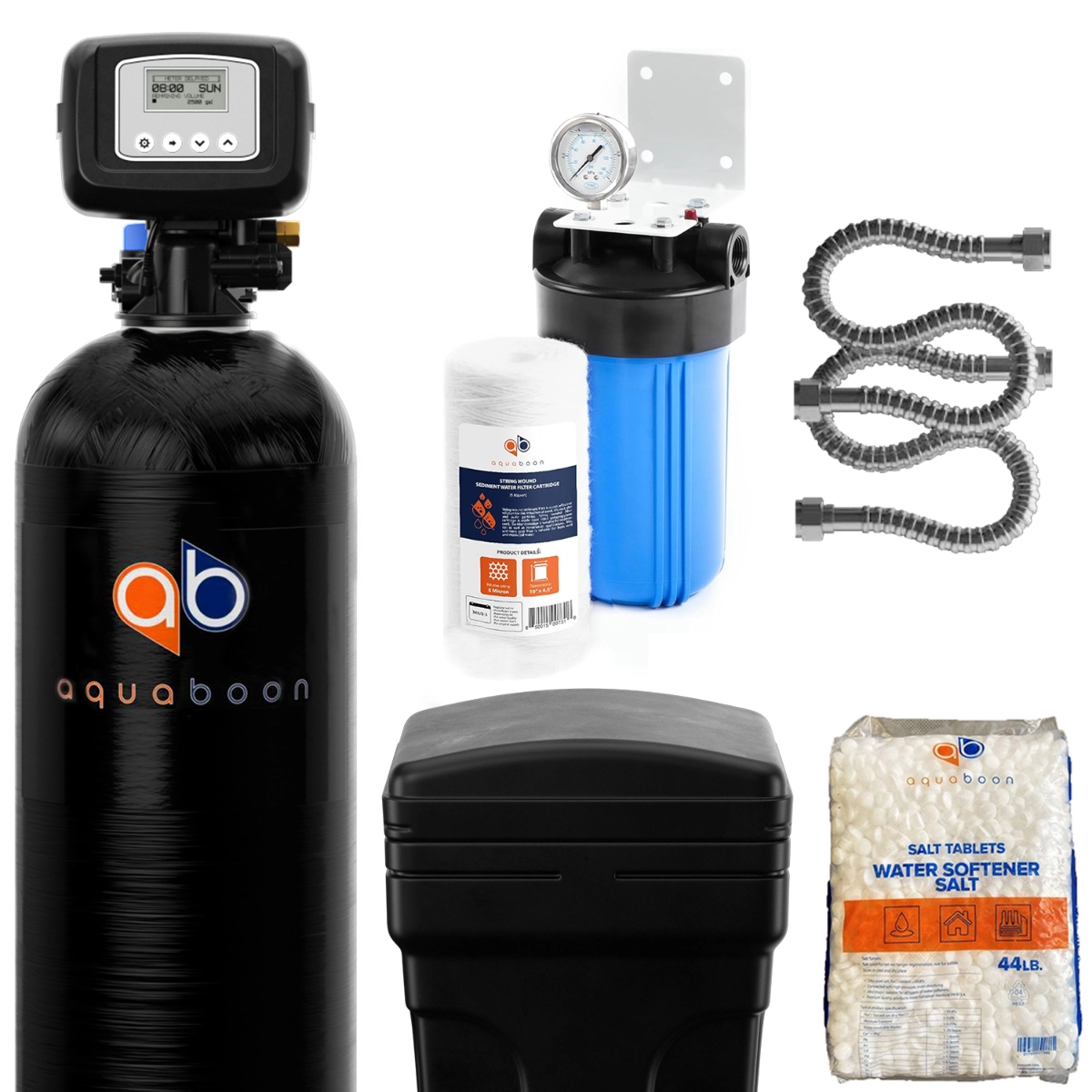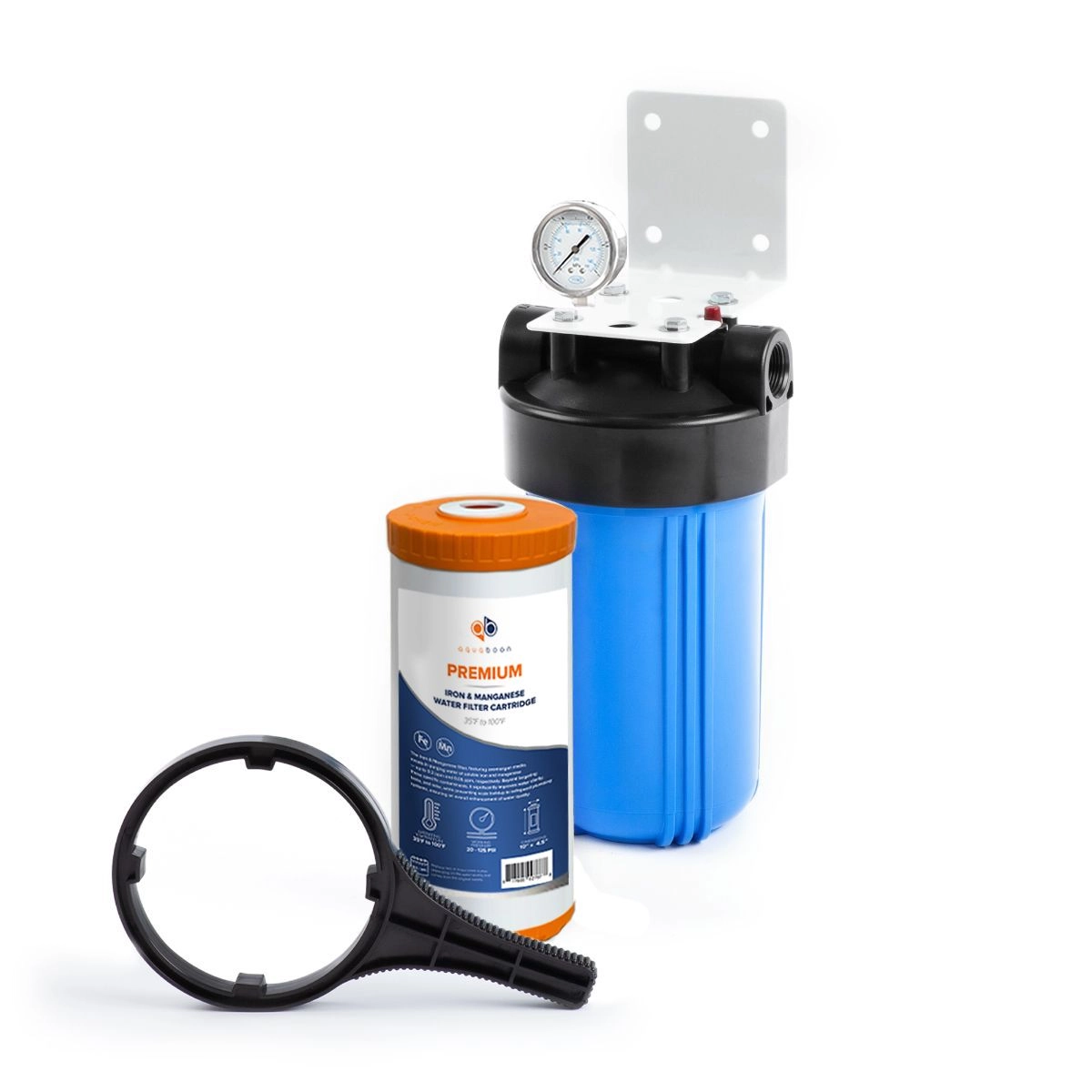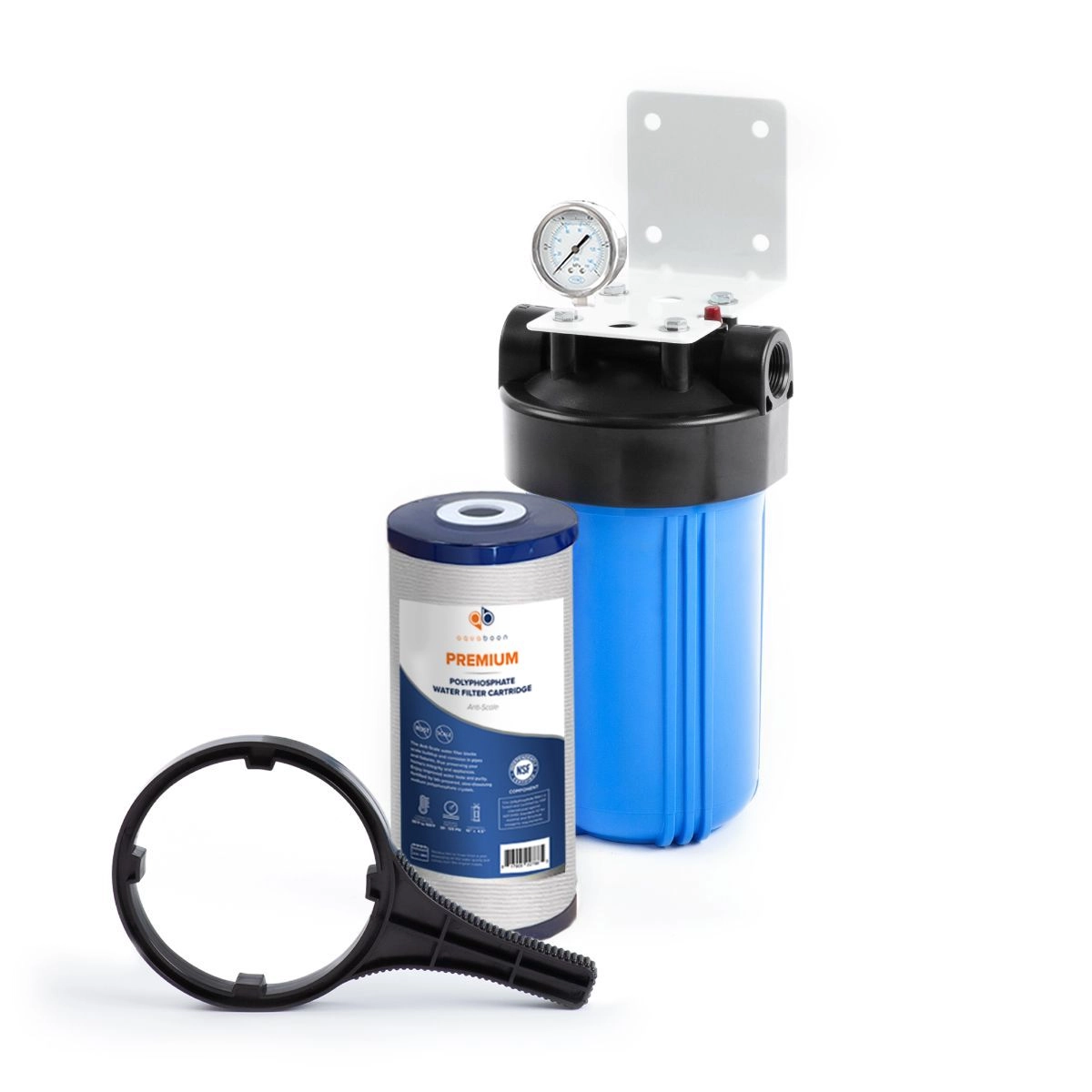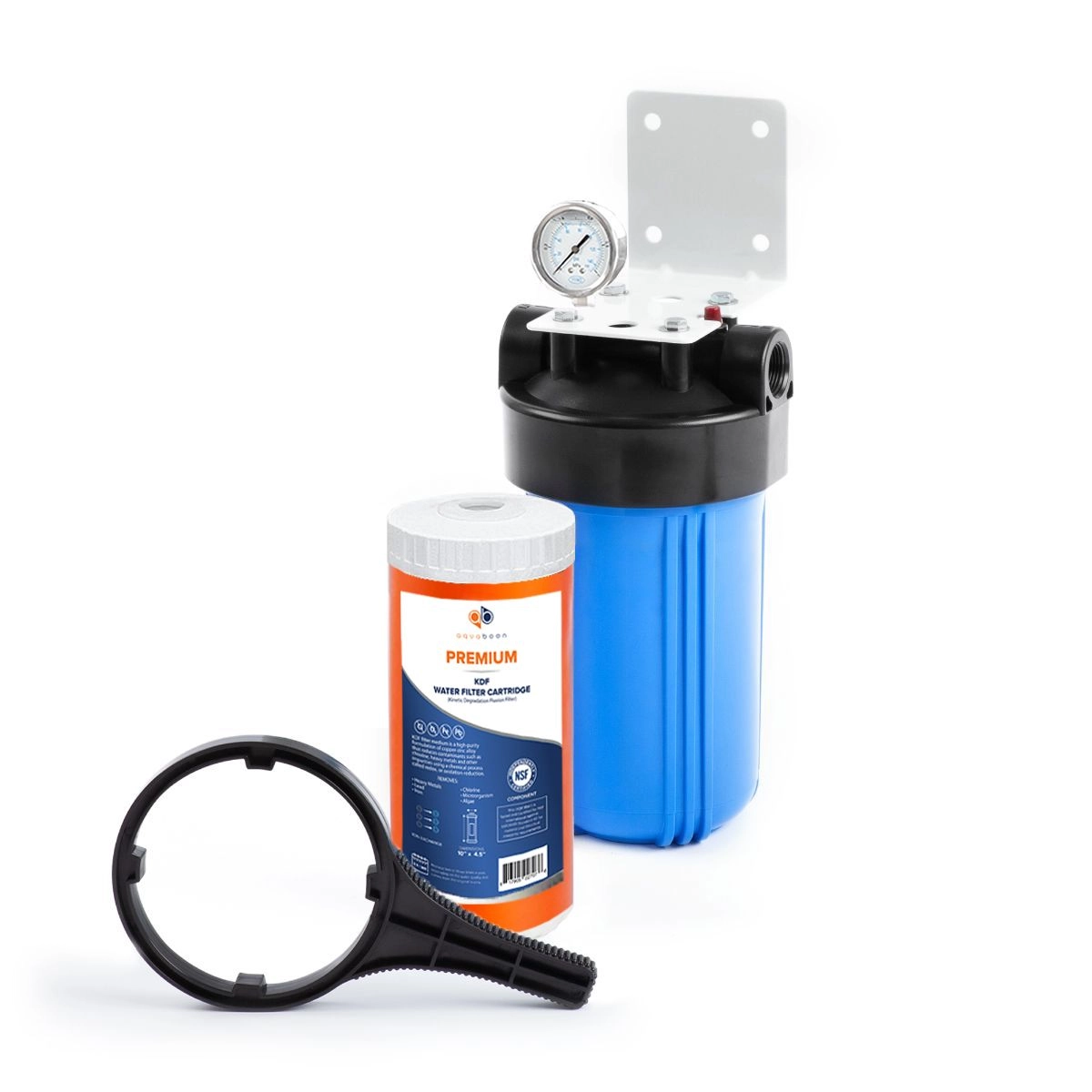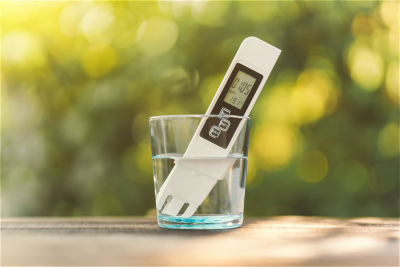As 56% of Americans grow concerned about drinking water pollution, the common practice of using chlorine for water safety by municipalities is being reevaluated.
While chlorine is effective in reducing the spread of waterborne diseases and has significantly contributed to public health, there is growing unease about its potential adverse effects. This has led many people to seek alternatives, such installing a specialized water filter that removes chlorine or employing other methods to reduce chlorine exposure.
But is chlorinated water genuinely harmful? Keep reading to learn more. This article will explore the effects of chlorine on health and reveal how to minimize it when it’s in excess in your drinking water. Let’s begin.
Is Chlorine in Water Bad for You?
People have used chlorine to disinfect water since the 1900s. They used it to preventing diseases like dysentery and typhoid. However, although effective, this compound has both good and bad effects. It produces byproducts like Trihalomethanes (THMs) and Haloacetic acids (HAAs) that can be risky, resulting in potential cancer and reproductive health issues.
However, focusing solely on the downsides oversimplifies the role of this chemical element. Chlorine is essential for water safety, so the EPA established Maximum Contaminant Levels (MCLs) to keep health risks low. Water treatment plants closely watch and report these levels to meet EPA standards.
Of course, there are other ways to treat water, but chlorination is still cost-effective for big-scale use. Using a special water filter for chlorine removal helps control its levels.
Is Chlorine in Water Safe To Drink?
Tap water is typically safe to drink as it contains a regulated amount of chlorine set by the EPA, approximately 4 milligrams per liter (mg/L) or 4 parts per million (ppm). Concentrations below this limit are considered safe.
If you're bothered by the taste or smell of chlorine, you can try letting it sit in an open container for a short time or consider getting the best water filter to remove chlorine at Filterway and ensure safety. Another option is to contact your local utility or health department for information on water testing results and treatment processes. They can guide you on how to remove chlorine from water effectively.
Side Effects of Too Much Chlorine in Drinking Water
So, is chlorine in water safe to drink? It depends. As previously mentioned, chlorinated water is generally safe, but finding a balance is crucial to minimize potential health risks. Too much exposure or excess chlorine in drinking water causes many health challenges.
Long-Term Effects of Chlorine on Human Health
Here’s how this compound affects human health after long-term exposure:
- Respiratory Issues: Breathing in chlorinated water vapor, especially in places like indoor pools, can cause respiratory problems. This chemical element reacts with stuff in the pool, creating byproducts like chloramines. Breathing these in may lead to coughing and wheezing.
- Eye Irritation: Chlorine can cause eye irritation by forming chloramines in water. Contact with these compounds may lead to redness, burning sensations, and discomfort. Swimmers in chlorinated pools often experience eye irritation.
- Kidney Damage: Some studies hint at a link between long-term exposure to chlorination and kidney damage. Disinfection byproducts from chlorination could accumulate and affect kidney function over time.
- Weakening of the Immune System: Prolonged exposure to chlorination and its byproducts might impact the immune system by disrupting the balance of gut microbiome. A weakened immune system increases susceptibility to infections and illnesses.
- Potential Cancerogenity: Certain studies hint at a possible link between long-term exposure to chlorine byproducts and an increased risk of specific cancers, particularly bladder cancer.
These effects are more typically pronounced in individuals sensitive to chlorine or with prolonged exposure to high levels. Following the EPA-recommended levels will help to minimize these chlorine water side effects.
Chlorine Effects on Skin
In addition to the medical conditions outlined above, here are some physical symptoms of too much chlorine in water.
- Rash: Skin rash is one of the side effects of chlorine in drinking water. Known as "chlorine rash," this is marked by itchy red patches and swelling.
- Acne: Chlorine in swimming pools can eliminate acne-causing bacteria. However, it also removes the skin's natural oils. This can potentially increase acne over time.
- Dryness and Scaling: Chlorination can strip natural moisture from the skin, resulting in dryness and scaling, which is particularly discomforting for individuals with dry skin.
- Changes in Skin Texture: Prolonged exposure to the chemical compound can temporarily alter skin texture, making it harder or smoother. Excessive exposure may contribute to long-term damage, emphasizing the importance of knowing how to remove chlorine from tap water.
- Hair Damage: Apart from the effect of chlorine on skin, this element also strips natural oils from the hair, making it dry and brittle. This results in damaged hair, split ends, and a rough texture. Swimmers exposed regularly to chlorinated pools may notice these effects.
How To Remove Chlorine From Water
Mitigating the health effects of chlorine in water can be achieved by various methods, including aeration, activated carbon filters, and ultraviolet disinfection. Each method has where it is best applied, so consider your source when choosing a method. Let's see the choices for chlorine in tap water and wells.
How To Remove Chlorine From Tap Water
- Aeration: One effective method for chlorine removal from drinking water is aeration. This process involves exposing tap water to air, facilitating the natural evaporation of the chemical element. Simply fill a container with water and leave it uncovered for a few hours, allowing the compound to dissipate.
- Boiling: Boiling is another reliable way to reduce the effects of chlorine in water on the human body. Boil for approximately 15 to 20 minutes to kill the compound. Once cooled, it can be used. However, this method may need to be more practical for treating large quantities of water.
- Carbon Filters: Using activated carbon filters is more convenient and efficient. These filters are commonly found in various filtration systems, including those designed to be installed on faucets for drinking water. Attaching a filter to your tap or using a pitcher with a built-in activated carbon filter effectively cleans up tap water.
How To Remove Chlorine From Well Water
If you’re worried about too much chlorine in well water, leaving it out in the sun can help. Similar to aeration, exposing well water to sunlight facilitates dechlorination. Simply fill containers and position them in direct sunlight. The ultraviolet rays from the sun can decrease chlorination levels by as much as 90 percent within two hours.
However, activated carbon filters remain the most effective way to make water safe. There are whole house systems for well water that can efficiently remove chlorine and many other contaminants, leaving you with clean water.
Choosing the Best Water Filter To Remove Chlorine
While it plays a significant role in maintaining water quality, the health effects of chlorine should be noticed. Choosing a reliable filter that can effectively eliminate contaminants is crucial to ensure safety. Making an informed choice guarantees the safety and purity of your drinking water and contributes to healthier outcomes.



